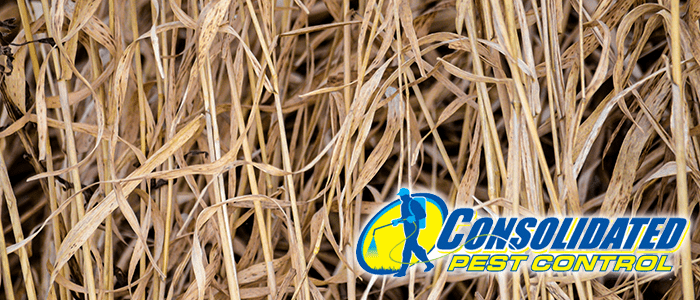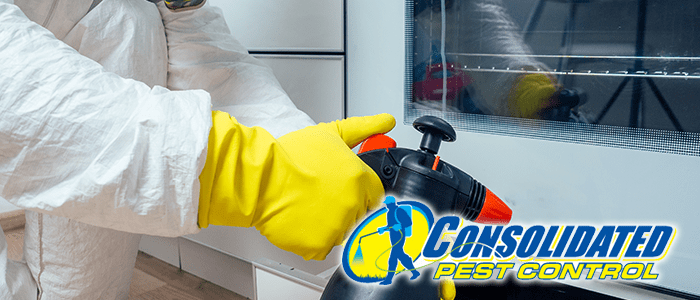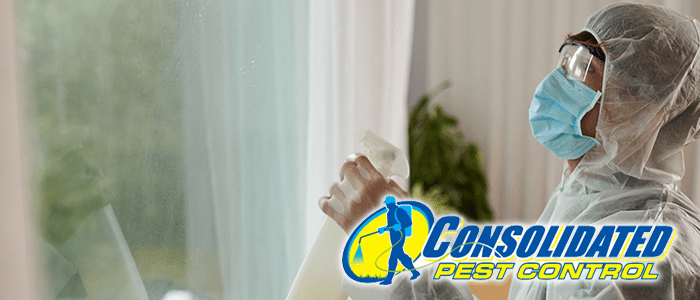
One of the first things anyone notices about your home is your lawn. It is no wonder, since the grass typically makes up the vast majority of the greenery around a house. In suburbia, the lawn tends to be a large portion of a homeowner’s weekend chores. Between mowing, removing weeds, and fertilizing, keeping a lawn fresh and vibrant helps your home to look warmer and more inviting. However, if you have done all of these things and still have not reaped the rewards of a lush landscape, then perhaps it is time to look for other possible causes. Did you know that certain pests can actually cause your lawn to languish? Today we are looking at common pests that cause lawn damage through eating or sucking nutrients out of your grass.
Billbugs
Also known as weevils in some parts of the country, billbugs lay their eggs in grass plants in the spring. When the eggs hatch, the grubs eat the grass causing the areas where the eggs were laid to die off. To know if you have billbug damage in your lawn, trying to pull on a patch. If there are billbug grubs, the patch should pull up with ease. You may even see the grubs, which are usually c-shaped and white with red-toned heads. To prevent billbugs from laying eggs in the first place, make sure to rake up leaves during fall and winter.
White Grubs
While we are on the subject of grubs, white grubs are another name for a variety of different pests that cause lawn damage. June Beetle Grubs, Japanese Beetle Grubs, Green June Beetle Grubs, Chafer Grubs, and several other beetle varieties are all known as white grubs due to their distinctive white coloration. These grubs all are known for eating grass plants and leaving dead, brown patches in their wake. As with billbugs, it should be relatively easy to determine if these are what is causing your lawn troubles. Simply pull up a patch and see how difficult it is to pull up. You may even notice that the ground has become spongy in the areas that have turned brown.
Chinch Bugs
Chinch bugs do not directly eat grass. Instead, they remove the sap from the grass and leave their saliva behind. The saliva damages the grass plant and causes rot. They typically begin in the sunniest parts of the lawn. Once the grass in that area is damaged, the surrounding areas begin to rot as well causing the browned patches to rapidly spread across the whole yard. If left untreated, the entire lawn can end up damaged or dead. You will be left having to re-sod the entire yard. There is a rather interesting method for testing for chinch bugs.
Take the lid off of an old coffee tin and cut the bottom off as well so you are left with an open cylinder. Place the bottom of the tin in the ground and press down until it is submerged a few inches at least. Fill the cylinder with water and wait a few minutes. If there are chinch bugs present, they will float to the top of the water and be easily spotted. To prevent chinch bugs from infesting your yard, keep your lawn well-manicured, aerate the soil, and water on a regular basis to prevent the soil from drying out too much.








